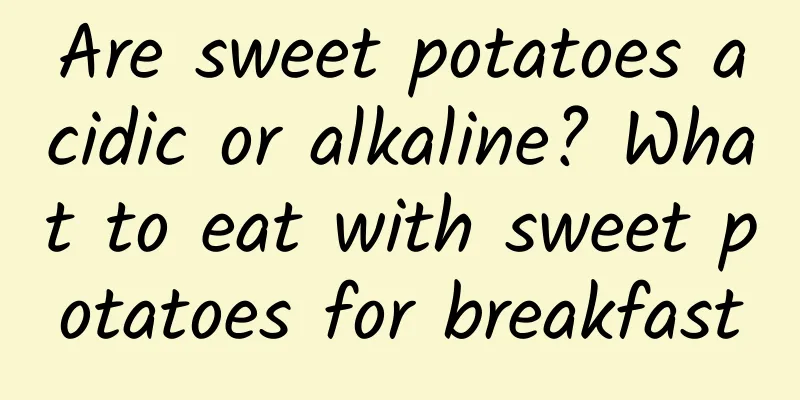What to do if you have uterine cyst and stomach pain

|
Uterine cyst, also known as ovarian cyst, is a relatively common gynecological disease. After suffering from ovarian cyst, it is necessary to receive good treatment in time, especially for women who have not yet given birth. Ovarian cyst is also an important cause of female infertility. Of course, we must also be alert to the malignant transformation of the cyst. We must conduct good examinations in time, clarify the specific symptoms, and then carry out symptomatic treatment. What to do if you have uterine cyst and stomach pain 1. Treatment of benign cysts (1) General treatment If it is a simple cyst, without septa, intracystic papillae, calcification and other complex features, it is basically benign and can be observed conservatively. The cyst will usually be smaller or gone when you check it out again 4-8 weeks later. If the cyst does not disappear, but ultrasound shows that it is still a simple cyst, you can still continue to observe closely. If physiological ovarian cysts are accompanied by endocrine symptoms such as menstrual disorders, oral medications can be used to alleviate the symptoms. However, for pathological cysts, no oral medications with clear therapeutic effects have been found so far. (2) Surgical treatment Ovarian cystectomy is often performed on young patients, especially premenopausal patients, while preserving normal ovarian tissue as much as possible. Salpingo-oophorectomy: For older women (over 45 years old) or postmenopausal women, unilateral or bilateral salpingo-oophorectomy can be performed. 2. Treatment of malignant cysts For cysts that are considered malignant or have unclear diagnosis, the resected material should be sent for pathological examination after surgery to determine the nature of the cyst under a microscope before considering the next step of treatment. If an ovarian cyst shows complications such as torsion, rupture, bleeding, or infection, emergency surgery should be performed. Most patients are already in the late stage of the disease when they seek medical treatment, so during treatment, every effort should be made to remove the primary cyst and visible pelvic and abdominal metastases. Currently, a blanket-style removal of the uterus and tumor along with the pelvic peritoneum is often used, such as omentectomy, partial intestinal resection, partial bladder resection, and ureter resection. Consideration should also be given to placing a catheter in the peritoneal cavity to facilitate postoperative intraperitoneal injection of chemotherapy drugs. |
>>: Left lower abdominal pain in early pregnancy
Recommend
Sharing of prenatal check-up items during mid-pregnancy
What are the items included in the mid-pregnancy ...
What to do if you have bleeding during sex after having an IUD inserted
For women around 40 or 50 years old, IUD insertio...
Can I get my teeth done while pregnant?
Teeth have an extremely important influence on pe...
What is the reason why women have their periods early?
In daily life, many women are often confused abou...
Implantation determines whether a boy or girl is pregnant
Every parent is very naive about gender. There ar...
How many days will the bleeding last?
Medical abortion is a common method of abortion. ...
Can frozen steamed buns be eaten? Will "type 1 carcinogens" be produced after being frozen for three days?
Steamed buns are a traditional fermented staple f...
Analysis: Mobile advertising, where is the future?
Users are spending more time on mobile media, and...
Can I eat peanut oil during menstruation?
Peanut oil is the main edible oil in the Jiaodong...
My belly got smaller during the second trimester
What should I do if my abdomen shrinks during mid...
Do I need to have a uterine curettage after medical abortion? What are the situations in which a uterine curettage
Many women experience excessive vaginal bleeding ...
How does moxibustion treat gynecological diseases?
Gynecological diseases deeply trouble the vast ma...
What is the medicinal value of cumin? How to make the most of cumin
Cumin is a must-have seasoning in barbecued food....
Why do you get pelvic inflammatory disease? What causes it?
When women suffer from gynecological inflammation...
How to treat premature ovarian failure?
If a female friend has premature ovarian failure,...









